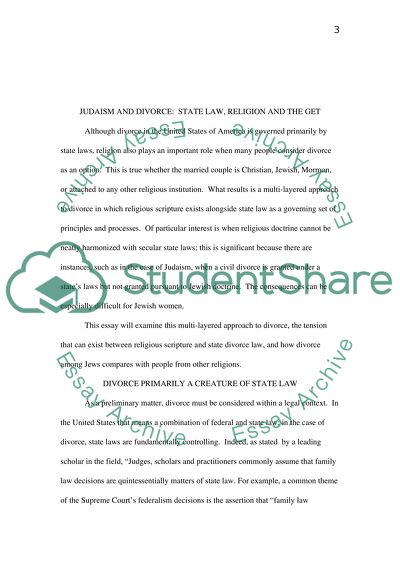Cite this document
(“Judaism and Divorce Essay Example | Topics and Well Written Essays - 1500 words”, n.d.)
Judaism and Divorce Essay Example | Topics and Well Written Essays - 1500 words. Retrieved from https://studentshare.org/social-science/1503457-judaism-and-divorce
Judaism and Divorce Essay Example | Topics and Well Written Essays - 1500 words. Retrieved from https://studentshare.org/social-science/1503457-judaism-and-divorce
(Judaism and Divorce Essay Example | Topics and Well Written Essays - 1500 Words)
Judaism and Divorce Essay Example | Topics and Well Written Essays - 1500 Words. https://studentshare.org/social-science/1503457-judaism-and-divorce.
Judaism and Divorce Essay Example | Topics and Well Written Essays - 1500 Words. https://studentshare.org/social-science/1503457-judaism-and-divorce.
“Judaism and Divorce Essay Example | Topics and Well Written Essays - 1500 Words”, n.d. https://studentshare.org/social-science/1503457-judaism-and-divorce.


